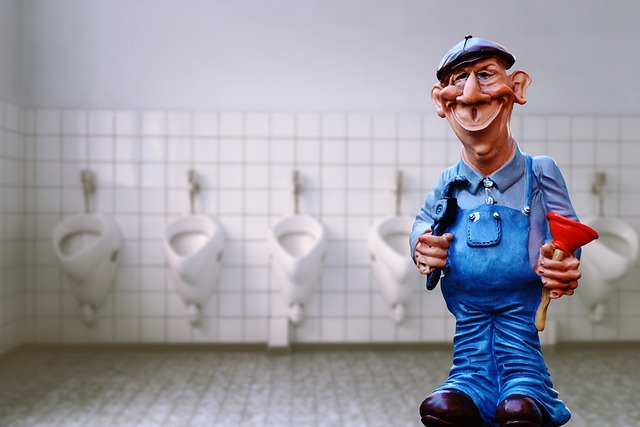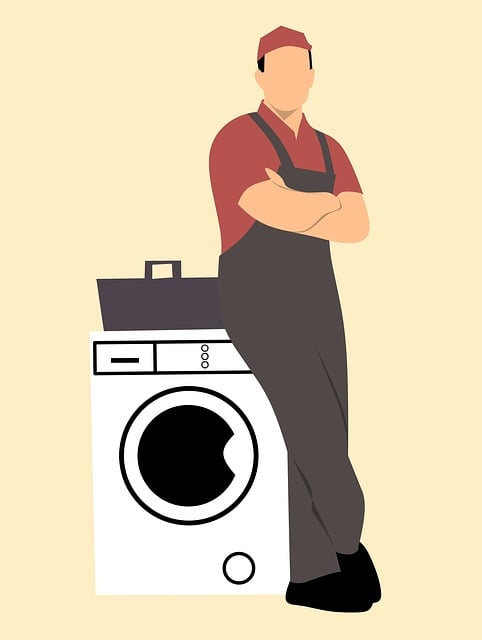Leaks, common plumbing issues that can waste water and cause damage if left unaddressed, are identifiable through signs like dripping taps, wet spots, or high water bills. Fixation involves locating and replacing faulty parts such as washers, corroded pipes, or valve issues. Regular maintenance is key to preventing leaks from escalating, ensuring an efficient plumbing system that saves costs on repairs.
Plumbing problems are a common household hassle, but understanding the root causes and effective fixes can save you time, money, and potential damage. This guide addresses the 10 most common plumbing issues homeowners face, from leaks and clogs to low water pressure. Learn to identify and mitigate these issues with DIY methods or know when it’s best to call a professional plumber for assistance. By arming yourself with this knowledge, you’ll navigate common plumbing problems like a pro.
Identifying and Addressing Leaks

Leaks are one of the most common plumbing issues homeowners face, and addressing them promptly is crucial to prevent water waste and potential damage. Identifying a leak can be straightforward if you know what to look for. Check for dripping taps, wet spots on walls or floors near pipes, or an unusual increase in your water bill. Once detected, fixing a leak involves pinpointing its source—whether it’s a faulty washer, corroded pipe, or valve issue. Replacing these components is often a straightforward DIY task, but for more complex cases, professional plumbing services may be required.
Regular maintenance and inspection can help prevent leaks from becoming significant problems. Keeping an eye on potential indicators of leaks and acting swiftly will ensure your plumbing system remains efficient and reliable, saving you from costly repairs in the long run.
– Types of leaks in homes

Leaks are among the most common plumbing issues homeowners face, manifesting in various forms throughout a home’s plumbing system. Understanding different types of leaks is crucial for prompt identification and effective troubleshooting. One type is a faucet leak, often resulting from worn-out O-rings or cartridges inside the faucet. These can be easily replaced, stopping water wastage and potential damage to surrounding areas.
Another prevalent issue is pipe leaks, which can occur due to loose connections, corroded pipes, or damage caused by extreme temperatures or shifting foundations. Water may leak slowly over time or gush out suddenly, requiring immediate attention. Identifying the source of the leak is key; a professional plumber can assess and fix these issues using appropriate repair techniques tailored to each specific type of leak.
– Common causes of plumbing leaks

Plumbing leaks are among the most common and annoying of all plumbing problems. They can arise from various factors, often due to poor installation or maintenance. One of the main causes is worn-out or corroded pipes, which can develop cracks over time, leading to water seepage. Another frequent culprit is loose connections at joints and fittings, allowing water to escape at these weak points. Poor drainage systems in older homes might also contribute, as well as faulty pressure regulators that fail to maintain optimal water pressure, causing excessive strain on pipes. Regular inspection and maintenance are key to preventing leaks; however, when they do occur, identifying the source is crucial for effective fixing.
In addressing common plumbing issues, understanding the root causes is key. From identifying various types of leaks to learning their triggers, homeowners can take proactive steps to prevent or promptly fix problems. By implementing these solutions, you can save on costly repairs and maintain a well-functioning plumbing system in your home. Remember, regular maintenance and quick action are essential when it comes to common plumbing issues.
